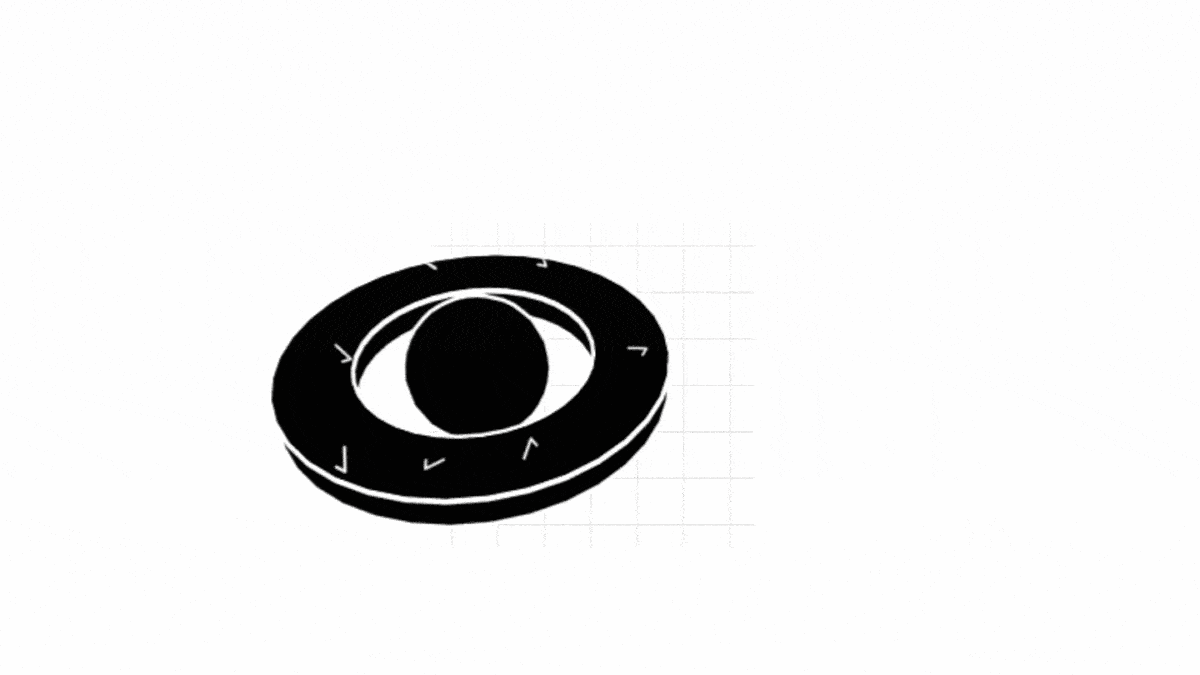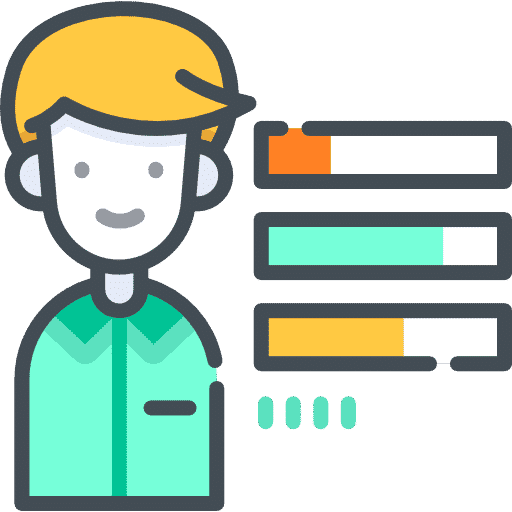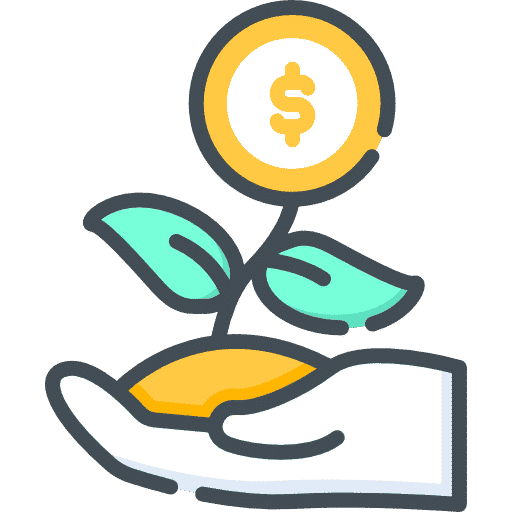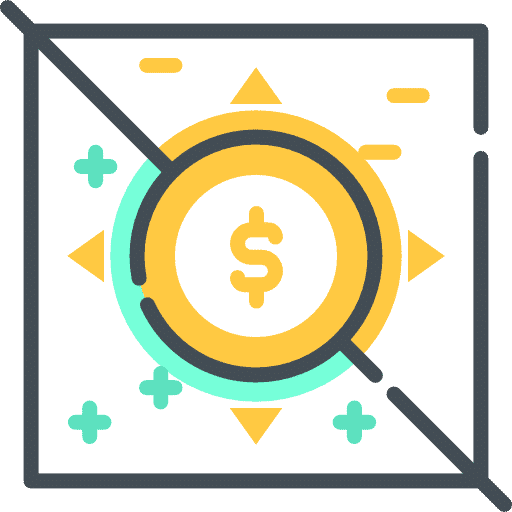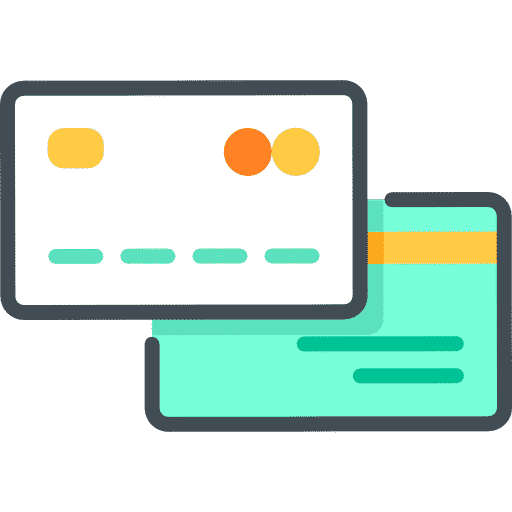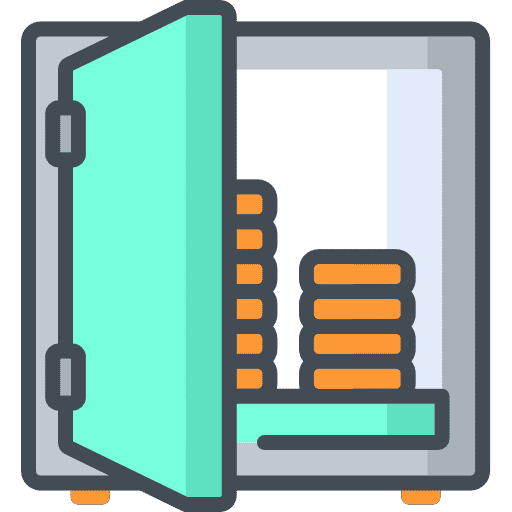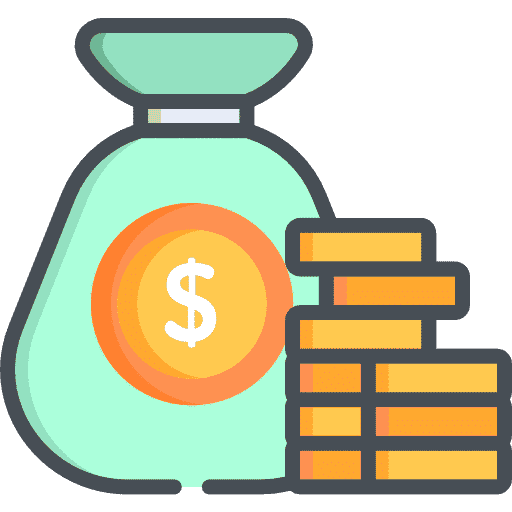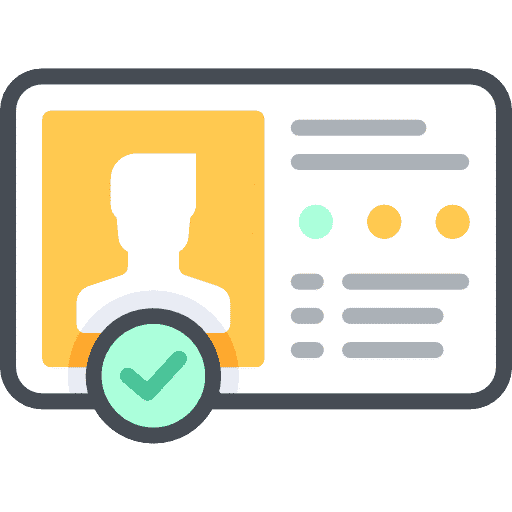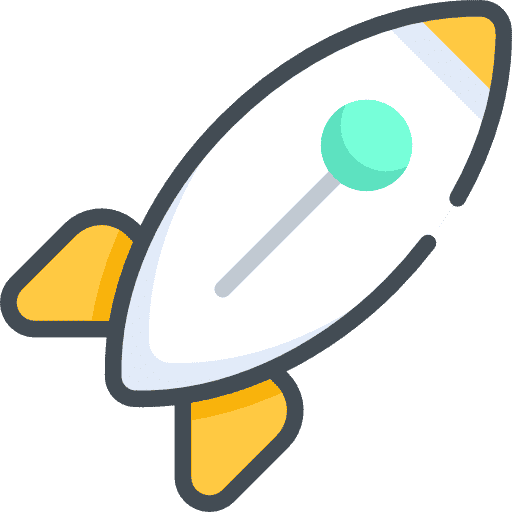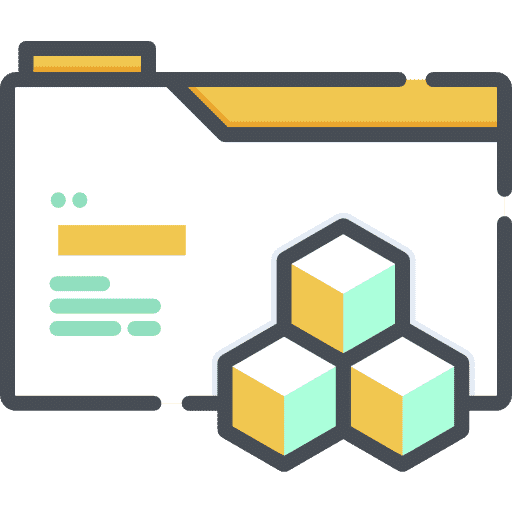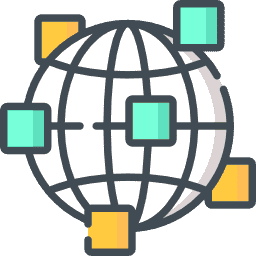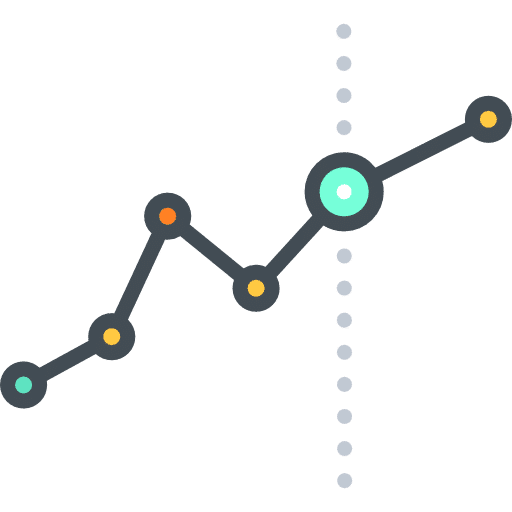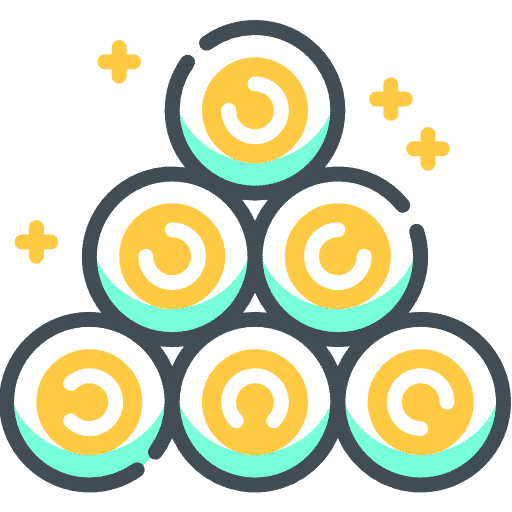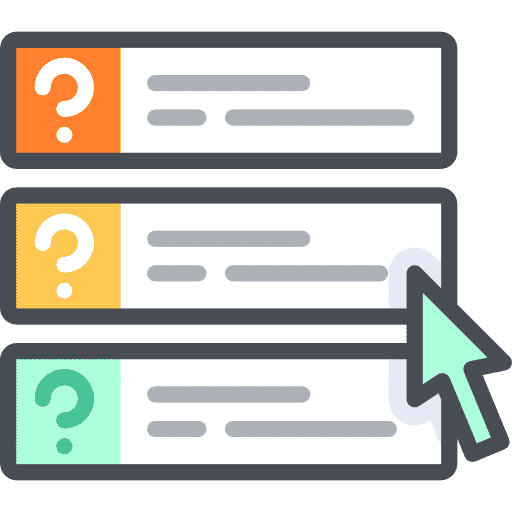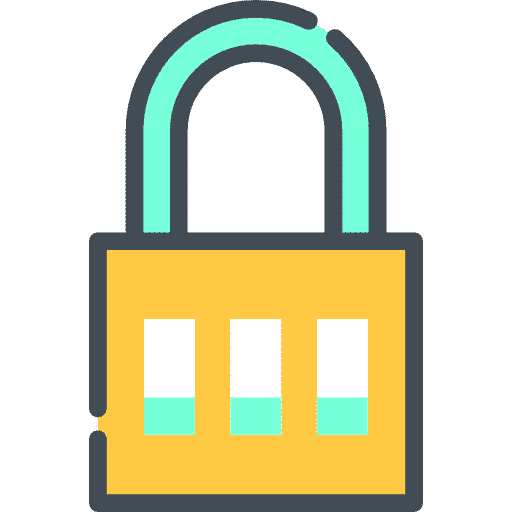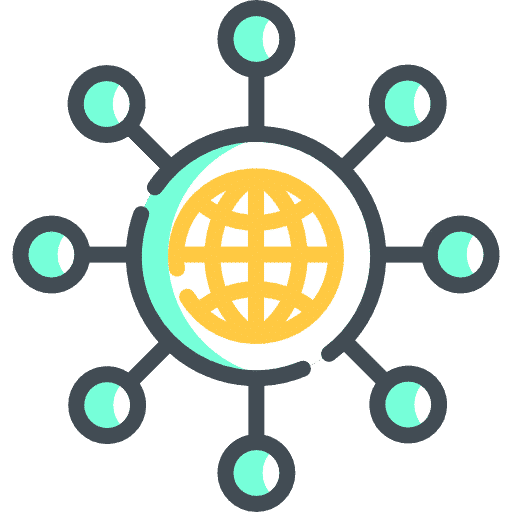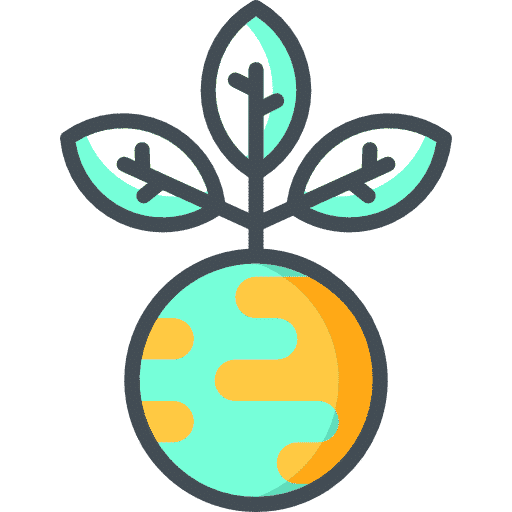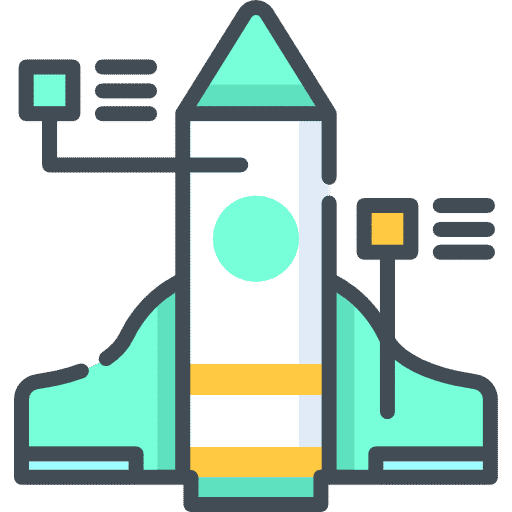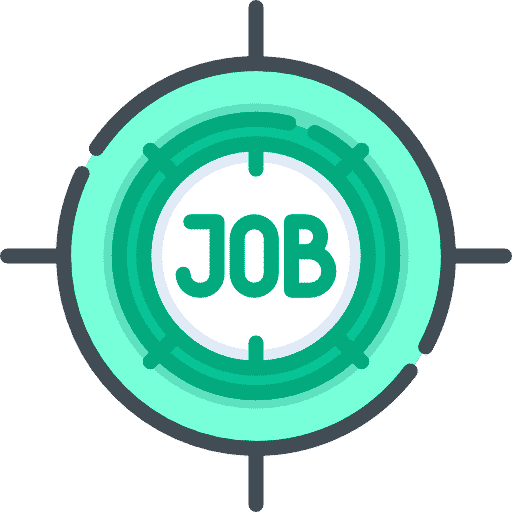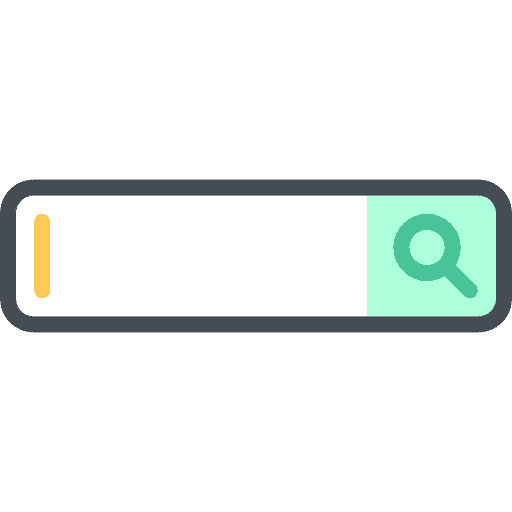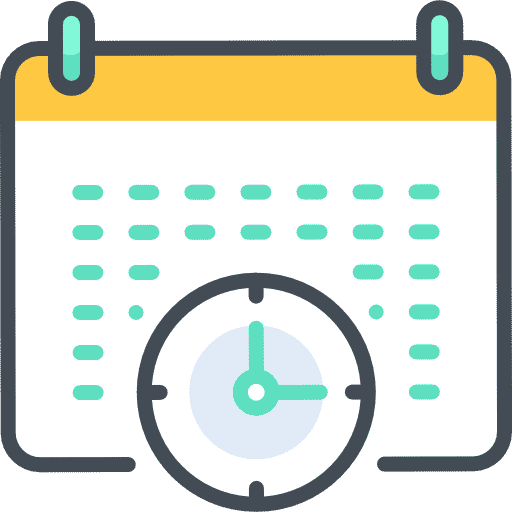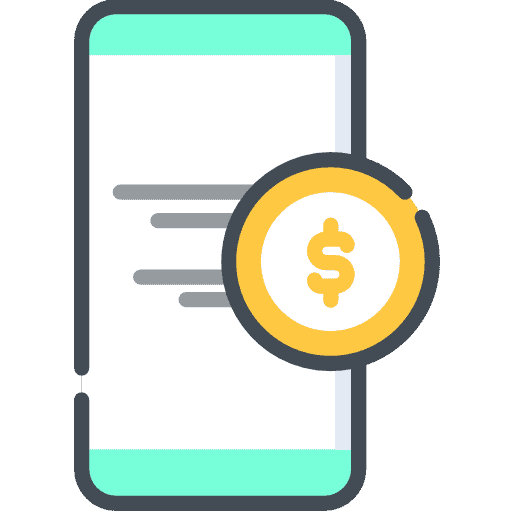The FRESH Token
Utility
The FRESH Token is the native currency of the network and external platform interactions. The utility of the token is separated into four core functionalities.
The token’s first function is the authentication and activation of a new user’s BlockID® dNFT.
The second is to transmit value across the network as a settlement currency for contributed data and staked assets.
Third to act as a means of exchange when bridging to other networks.
Lastly, as a reward token granted to network users, validators participating in staking or supporting the network.
A user’s BlockID® dNFT is a data-based NFT that serves two core functions. First, it is the master key to the individual’s wallet contains a collection of keys generated by the data assets contributed to the network compounding over time. Second, it serves as the user’s profile, mapping the identifying factors of value generated by the data contributed by the user. In some cases, specific data may only be useful for a period of time or at another set time in the future. The user can then use their BlockID® dNFT as the key to access their data library to share this data and monetize it in ways not currently available in centralized and decentralized lending markets.
By accumulating more user data over time, the BlockID® dNFT will increase exponentially, contributing to the overall network value and vice versa. As the value of the BlockID® dNFT increases, the rewards based on user contribution to the ecosystem would simultaneously increase, incentivizing long-term engagement with the network. An NFT that maps specific user attributes and behavior that is interoperable or transferrable to another ecosystem benefits the entire network overall that is currently unavailable. It is the ideal means of transferring unique user data to flow from one network to the next.
Removing friction from the data asset will enhance its liquidity and increase its perceived market value. The FRESH token serves as a representation or receipt of the user’s contributed data. This, in turn, allows fractionalization and remittance of the value created on the network based on the user’s contributions. Without tokenization, we cannot build a network of monetization. Without a unique user dNFT, the BlockID® dNFT, the user would be unable to claim their FRESH tokens. Each layer provides functionality to the network that would otherwise be impossible to encapsulate, tokenizing and monetizing a user’s data in the ownership economy.
BlockIQ® Protocol – Token Economics
Why Do Credit and Lending Work and Fail?
Transactions are the building blocks of the economy. Americans borrow $50T in credit compared to spending $3T in cash every year. When a borrower receives credit, they can increase their spending. Spending drives the economy upward, increasing the average income, naturally accelerating the demand to borrow more, which leads to increased spending. Borrowing creates cycles. Debt eats equity, but central banks can feed debt by printing money and giving credit. Then the cycle starts over.
The Order of the Credit and Lending Debt Cycle
- Little or no debt; hard money
- Claims on hard money; notes, or paper money
- Increased debt compared to hard assets.
- Debt crisis and defaults begin.
- The local government creates fiat money.
- the key here is to create enough value and devaluation to offset the depression, but not so much that we get an inflationary spiral
- Return to hard money.
Stimulating Real GDP vs. Financial GDP
The central bank can print money, but it can only buy financial assets with those funds. The central government cannot print money but can buy goods and services. These two networks are co-dependent, so one does not monopolize the financial machine. The central bank can extend credit and print money at almost 0% and fulfill its purpose of stimulating the global economy. In order to drive real GDP, we cannot simply give value away “print money.” Initially, new value has to pour in from other sources.
To create more real wealth, people have to be more productive. The only way to do that is to give more individuals access to the global economy. A recent study conducted by The Institute for Policy Studies and New York Comptroller found that every dollar given to a low-income earner generated $1.21. That same dollar given to a high-income earner only generated $0.39 for the GDP. Why? People with more money tend to spend less and save more on average. The luxury market is massive, but only a tiny fraction of the global consumer and enterprise demand.
The Value of Data
What do the 1% and the unbanked have in common? Data. Mountains of it. To be exact, globally, we produce 2.5 quintillions bytes of data every day. Data has many unique properties. It does not deplete or deteriorate. It is detailed in its context and used strategically to remain relevant and viable. Data can also be used and re-used for multiple purposes in parallel. What makes data a truly unique asset, unlike most other assets, which have a limited supply driving up the value while simultaneously bottlenecked by the physical aspect of economic output as people can only produce so much, but the more valid data we can produce, the more valuable the data becomes.
Users give explicit permission to use data sources such as social networks, digital footprints, and blockchain data which can supplement traditional KYC methods such as government docs, financial institution verification, credit data, Etc. Economic averages based on demographic and geographic details provide regulatory data for a verified detailed financial picture: the more data, the more precise and accurate the scoring protocol. A global credit scoring protocol allows value to flow between markets with less friction. A 2013 Stanford study shows the adoption of credit scoring enabled the auto lending industry to increase profits by a minimum of 42% per downpayment per subprime loan and decreased the average application time from 5-7 days to 3-5 mins.
By leveraging data, credit scoring, and blockchain technology, users own and monetize the value of their data using their BlockID dNFT(dynamic NFT). A dynamic NFT is an NFT that can be updated over time and serves as the user’s credit report and financial identity.
Leveraging The Value of Data w/ The DAO
As users submit data for verification, they generate tokens in the FreshCredit DAO (decentralized autonomous organization), a self-sufficient infinite liquidity pool where users are able to either claim or stake their tokens using their BlockID dNFT. The DAO is algorithmically controlled by the BlockIQ protocol and legally registered operates in Wyoming, US, where digital assets are recognized as legal property allowing the DAO to operate under current regulatory standards with clarity remaining compliant. Utilizing blockchain technology, the DAO is able to fractionalize the value of the liquidity pool in the form of rewards, credit, loans, and settlement.
As the token rewards earned by users for providing data to the network will be above 0%, we can remove a majority of the long-term risk of loan default by utilizing the interest from the tokenized data to eventually pay off any extended line of credit given enough time. The line of credit with the FreshCredit DAO will dynamically adjust based on the user’s BlockScore and staked tokens, rather than going through the process of requesting limit increases or refinance options.
The network collects remittance transactions. Validators collect on validating incoming data, and businesses collect a percentage of the tokens in exchange for their data. Users collect the majority of the token rewards generated from the data even if a third party provides that data as it is the user’s asset. Naturally, consumer accounts will accumulate at a higher rate, while enterprise accounts will accumulate lower rates as a naturally thriving economy functions. Utilizing these unique attributes of data, blockchains, and DAOs, we are able to provide a fair exchange of value for user data which is used in parallel to build a transparent, inclusive, fair credit and lending system for the other 96% of the world.
BlockIQ® Protocol – A Decentralized Autonomous Lending Market
Lending and Borrowing
The user can then choose to stake their BlockID® dNFT to lend token to the network liquidity pool, which The FreshCredit® DAO (decentralized autonomous organization) governs, in return for a higher interest payout, or request to borrow funds by staking the BlockID® dNFT at a lower interest payout that is automatically collected by the network—creating the first self-collateralized loans.
Default Risk Protocol
According to a study done by Moody’s Analytics, not only is the probability of default of greatest importance to lenders, but it is also highly correlated with key economic indicators such as GDP growth and the unemployment rate.
Using tokens attached to their BlockID® dNFT, users provide a small amount of liquidity in advance and stake their BlockID® dNFT interest payouts to guarantee the loan repayment. The ability to opt-out data and collect future interest payouts will resume once the user has paid back the debt. The debt can be paid back quickly or over time by the interest generated from the BlockID® dNFT maturing as it continues to provide data to the network’s overall credit scoring model.
Doing this guarantees repayment of the loan provided to the user, meaning the user’s debt is always paid, securing the network and allowing the network to offer the lowest possible fees as the risk of repayment is no longer as significant a factor.
Interest and Loan Terms
Loan terms and interest rates are influenced by but not limited to the users’ BlockScore® Protocol, available collateral, preferred term length. These dynamic interest rates adjust as users improve their BlockScore® Protocol, making it a more efficient, fair, and beneficial economic process. Governance over this process will be transparent with fair market practices in place protecting network users that can be adjusted at the request of the FreshCredit® Network.
